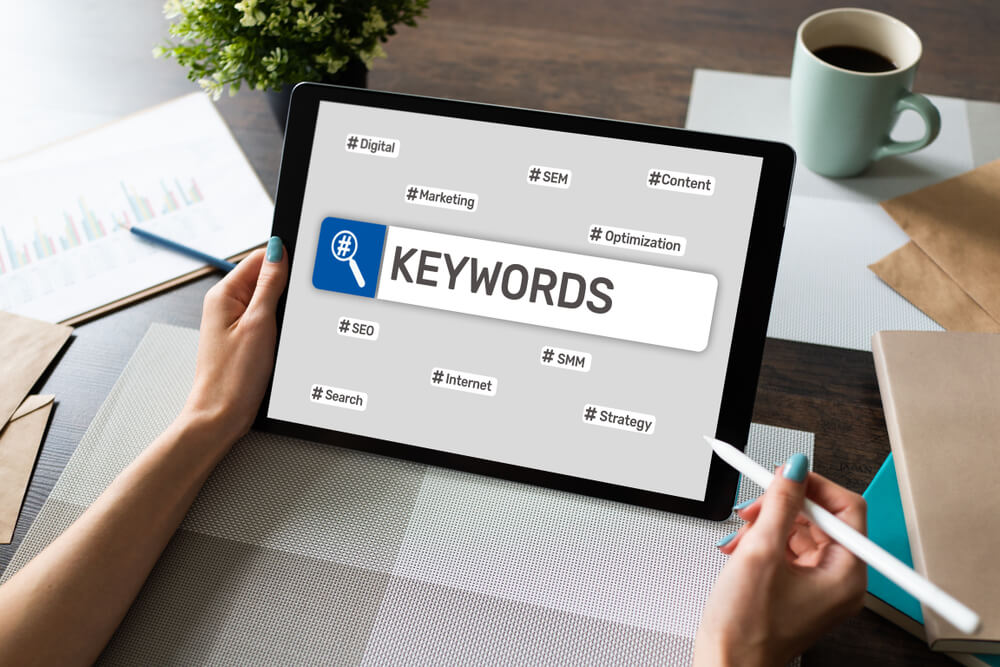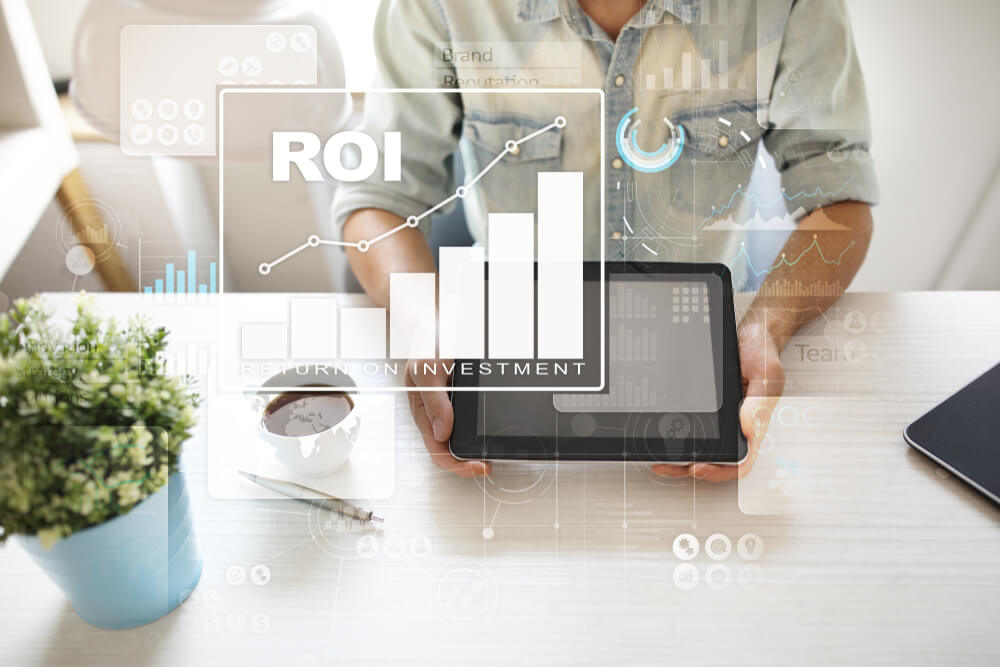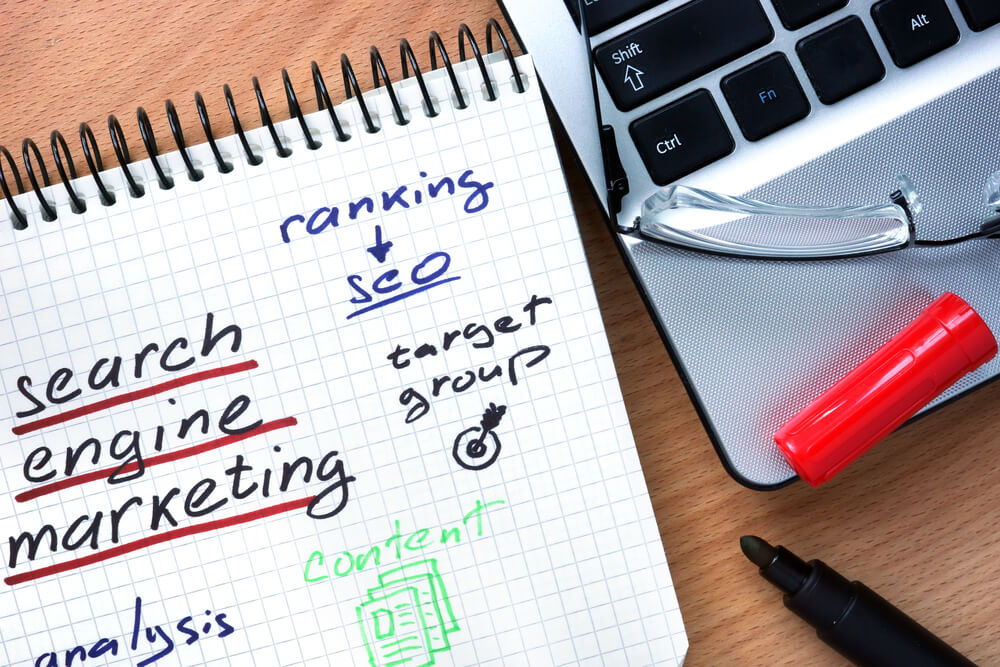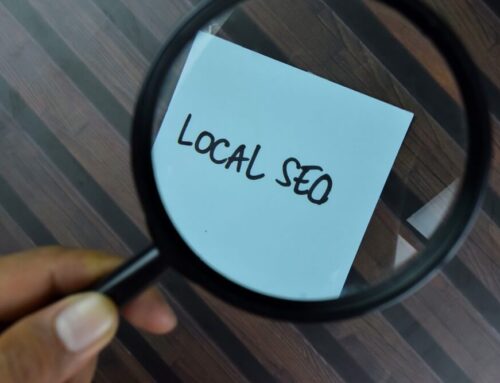Paid and organic search both rely on search engine results pages to attract clicks and traffic to our websites. Often we target the same audiences with both channels and within them find ways to align them. In some organizations, PPC and SEO are done by the same person or people. In others, though, there are teams that are siloed and separate from each other. Regardless of how our paid and organic search teams or efforts are structured, we can benefit from sharing specific data, tactics, and approaches across the channels and disciplines. By sharing, we can save efforts, costs, and be smarter in how we optimize and manage campaigns.
Here are seven specific ways that paid and organic search and work together for mutual benefit.
1. Keyword Research
This is probably the most obvious or first way to collaborate that we would all think of.
Both paid and organic search:
- Rely on keywords.
- Need initial and ongoing research and insights to determine the keywords and topics that match up well with what our target audiences are searching to find our content.
While we may use different tools to get our keyword research data, there’s no reason to keep sets of data for SEO and PPC separate. Multiple tools and multiple mindsets in the research process can yield the uncovering of more ideas and terms that might not be thought of or discovered by different tools.
By sharing data, and potentially going further in sharing research tasks along the way, we can share insights like:
- Long-tail terms.
- Topical groupings for terms.
- Ideas that we may not have thought about in a single channel or siloed mindset.

2. PPC Ad Copy & SEO Titles & Meta Descriptions
Paid search text ads are formatted very similarly to organic search results in SERPs. This means that we can look at the best performing ad copy for PPC ads in terms of click-through rate and quality score and relate it to SEO titles and meta descriptions. The reverse is also true as we can use the SEO titles and meta descriptions with the highest click-through rates to guide keyword use and text for PPC ad copy. By studying what works for each channel, we can cut down on some of our testings and use what has proven to work on the other channel in the past.
3. Search Term Performance
The best guidance and shortcut to optimal performance is by having historical data to act on and to help identify areas to leverage and those to avoid. When SEOs can get search term reports from Google Ads and when PPCs can get Search Console performance data, a lot of experimenting and mistakes can be avoided.
While keyword research tools can provide great guidance, getting actual search performance is even better. We have to consider seasonality, changes in SERPs, and differences in competitors for paid versus organic search, but again, it is a great starting point if you can share or gain this info.
4. Competitor Data
Competitors are a big factor in rankings, ad positions, and costs of investing in both paid and organic search. Understanding who is paying the most for ad positions and dominating the SERPs can help SEO. Likewise, it goes the other way as well. Competitors aren’t always the same for organic and paid search. Plus, they change over time based on SEO tactics and algorithm changes. Sharing historical and current competitor data can help understand the opportunity for rankings and bids.
Both SEO and PPC can utilize insights into who the top competitors are, how much focus they’re putting into search, and how individual keywords differ in terms of focus. Knowing where competitors are spending money and jockeying for position can help set expectations on how hard it will be to rank and how much it will cost to advertise. Plus, it can show areas that are underserved and where the true low-hanging fruit is.
5. Areas of Opportunity for Remarketing
There are a lot of insights to be gained from looking at engagement, traffic, and exit data.
The basic metrics of how users navigate websites can be important to share between search channels. Much like the insights gained from paid search, they can be aligned as well from SEO traffic data.
For top of the funnel content and terms that drive traffic from organic search – paid search can be used to further support moving customers along their journey or down the funnel. This includes the use of remarketing for visits to key pages.
Examples include the use of remarketing after landing traffic to the site from organic search on long-tail terms and thought leadership content. SEO might open the door to the traffic, but the paid search can continue engaging the visitor so both can work to support each other.
6. SERP Layouts
Search engine results pages can vary greatly by keyword and even from day-to-day.
Algorithm updates and aspects of intent and localization can have a big impact on the presence of:
- Text ads.
- Shopping ads.
- News.
- Images.
- Answer boxes.
- Map packs.
- Organic results.
- And more.
It is critical to:
- Track the ever-changing nature of the SERPs.
- Monitor for SERPs that have a lot of ads versus those that have few.
- Be mindful of how this can impact both paid search and organic search performance
Ads are likely warranted on a page that has a lot of noise between the ads and the organic results. Especially, if you’re a brand and only review/rating sites are ranked on page one after map packs. If you have no shot at Page 1 then an ad is probably warranted.
On the flip side, if you own the SERP and the only ad is yours, there is no other noise, and organic search results come right after the ads, you might be paying for ad traffic that you don’t need to.
7. ROAS & ROI Data

One of the hardest questions prior to launching a campaign can be projecting or predicting a return on investment. Whether it is determined by the ROAS ratio or actual all-in ROI for PPC or SEO, it is incredibly valuable to have an idea of what performance would be like in advance.
If you can utilize data from PPC or SEO to predict performance, then it can help:
- Set expectations for the campaign.
- Save money that would normally be spent for the first few months to see how keyword and planner tool data will actually play out.
Conclusion
Bottom line: sharing of data and insights is key.
If you’re a solo practitioner who handles both SEO and PPC, then these things might be ingrained in your approach. However, for all structures and ways of handling paid and organic, there’s likely something that can be gained that can help with smarter and more informed decisions. Work and dollars saved are important as well as being able to scale and do smarter things.
There are many more details beyond these that can help both channels. Work on aligning strategies and disciplines to leverage what you’re investing for maximum return.
SOURCE: Search Engine Journal










